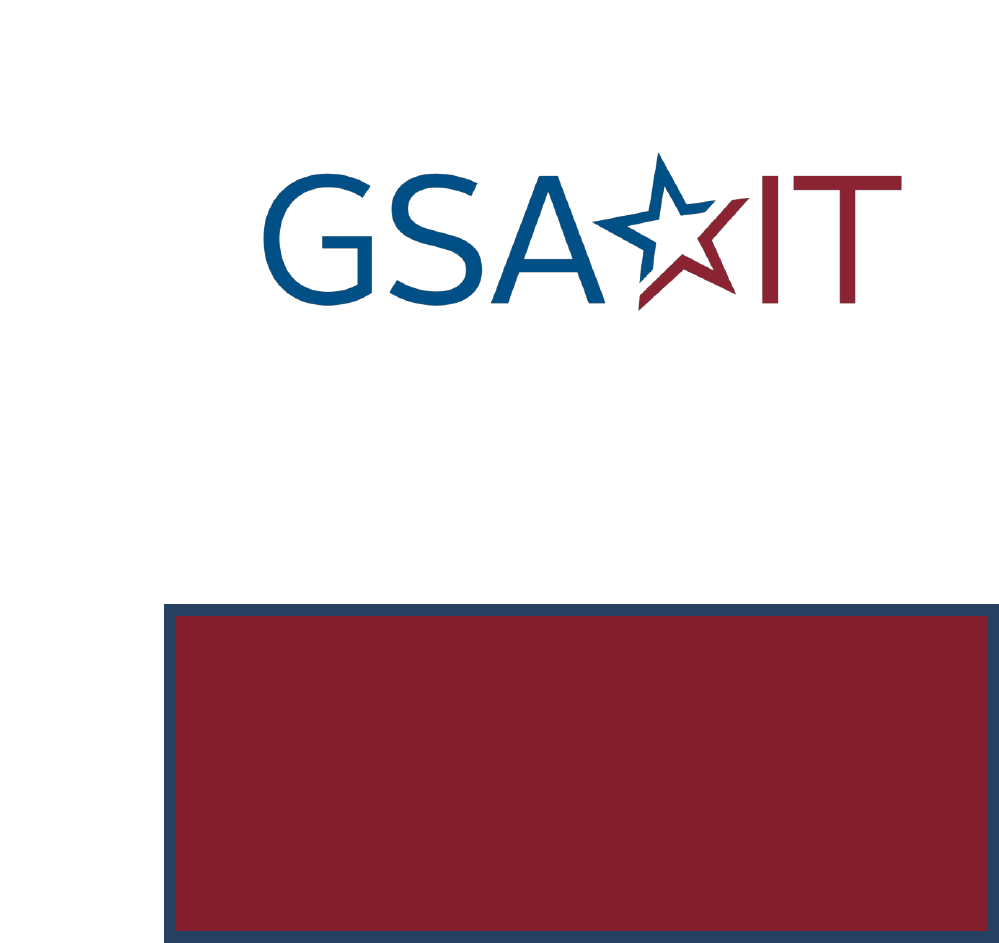
Office of the Chief Information Security Officer
Revision 10
December 4, 2023
IT Security Procedural Guide:
Firewall and Proxy Change Request
Process
CIO-IT Security-06-31
Windows Server 2016
(Member Server) Hardening
CIO-IT Security-18-92
DocuSign Envelope ID: 5058D2B6-80C9-4007-B382-07EE5A41CE17
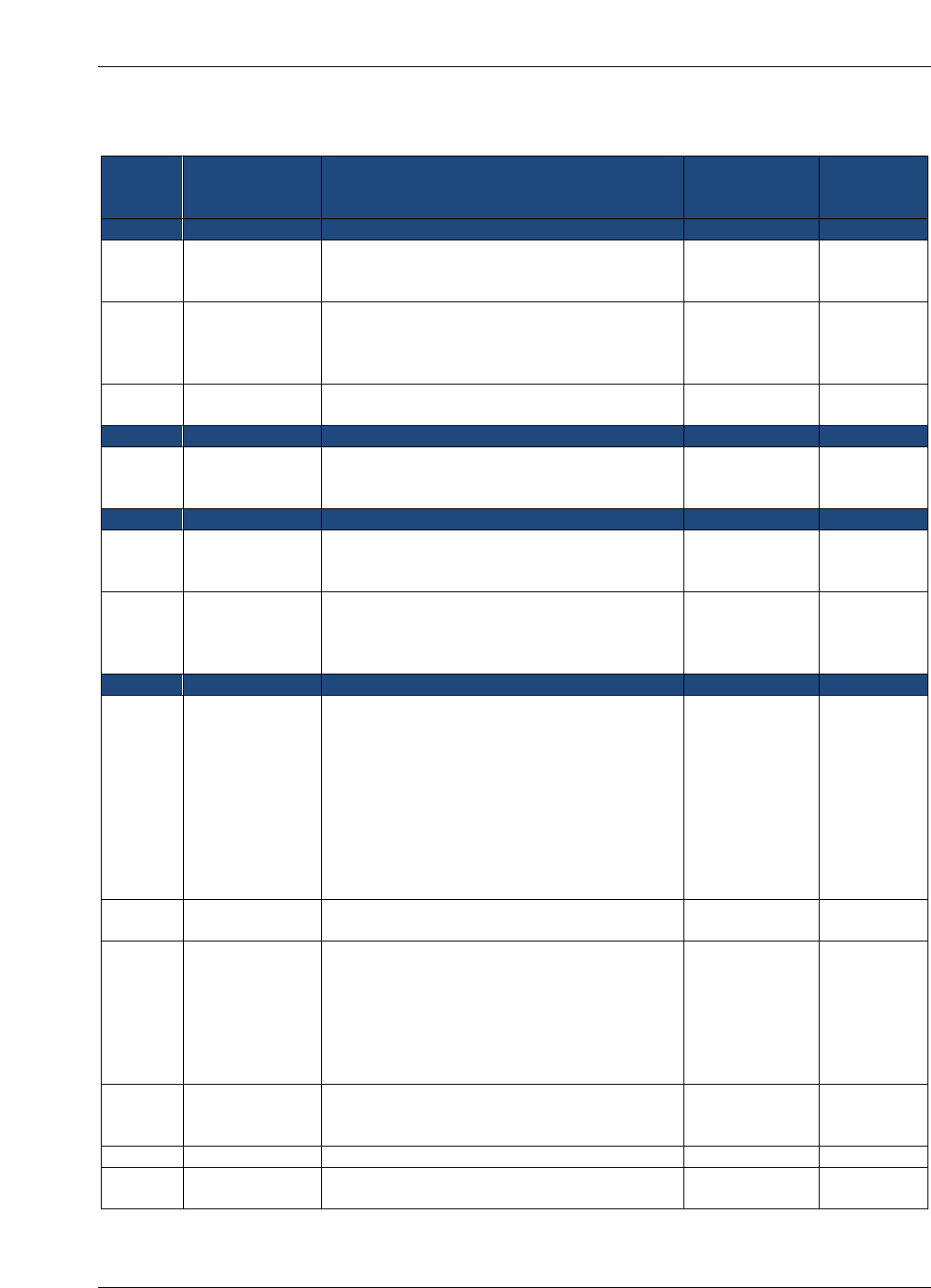
CIO-IT Security-06-31, Revision 10 Firewall and Proxy Change Request Process
U.S. General Services Administration
VERSION HISTORY/CHANGE RECORD
Change
Number
Person
Posting
Change
Change
Reason for
Change
Page
Number of
Change
Revision 1 – June 25, 2007
1
Bo Berlas
Updated FW change request process.
Align with new
IT Service Desk
process.
Throughout
2
Bo Berlas
Updated IT security policy reference.
GSA Order CIO
P 2100.1D was
published on
06/21/2007
4
3
Bo Berlas
Updated FW change request form in
Appendix A.
Change in
process flow.
9
Revision 2 – September 27, 2007
1
Bo Berlas
Updated step 8 – destination email address
for processing of firewall change requests.
Requested by
GSA Firewall
Team.
6
Revision 3 – May 02, 2008
1
Bo Berlas
Updated steps 3 and 8 in the firewall change
request process to account for usage of CA
Unicenter for ticket routing.
Processing
tickets directly
in CA Unicenter
5-6
2
Roy Iversen
Updated FW change request form in
Appendix A
Change in
required data.
Clarification of
process.
9
Revision 4 – June 16, 2010
1
Iversen
Updated “Firewall Change Process”.
Emphasized that the request must be at
least business 5 days prior to requested
change. Changed web application scan from
“OWASP Top 10” to “Standard” profile.
Removed requirement to remediate all
Medium Risk OS vulnerabilities, changed it
to recommended. Specified that ISSMs can
also submit FW requests. Clarification of
verification or corrected vulnerabilities.
Clarifications
and ease of
process.
7
2
Iversen
Renamed “Emergency” requests to “Urgent”
requests.
Name change
3
Iversen
Clarified encryption requirements. Added
“Scan Requirements” section. Included use
of Core Impact for OS scanning. Changed
web application scan from “OWASP Top 10”
to “Standard” profile. Removed requirement
to remediate all Medium Risk OS
vulnerabilities, changed it to recommended.
Clarifications
and ease of
process.
4
Iversen
Changed firewall form.
New form
simplifies
process
Appendix A
5
Iversen
Updated GSA Order Reference
New revision
6
6
Iversen
Updated cover
New cover
sheet
1
DocuSign Envelope ID: 5058D2B6-80C9-4007-B382-07EE5A41CE17

CIO-IT Security-06-31, Revision 10 Firewall and Proxy Change Request Process
U.S. General Services Administration
Change
Number
Person
Posting
Change
Change
Reason for
Change
Page
Number of
Change
Revision 5 – February 19, 2015
1
Eriksen
Updated cover
New date and
version
1
2
Eriksen
Updated Firewall Change Request process
and add image showing Service Catalog
Change in
process
6
3
Eriksen
All changes to the firewall access rules are
processed as follows:
Change in
process
6
4
Eriksen
Remove tool name from process
Removed
reference to
specific
vulnerability
scanning tool
7
5
Eriksen
Removed tool name from Operating System
Vulnerability Scanning
Removed
reference to
specific
vulnerability
scanning tool
11
Revision 6 – January 5, 2016
1
Eriksen
Added image and information required to fill
in the form
Added 2.0
Firewall
Change Form
7 and 8
2
Eriksen
Removed quote from GSA Order CIO P
2100.1
Removed
reference to
avoid wrong
information
6
3
Eriksen
Replaced Security Operations with Security
Operations
Shorten the
name
9-12
Revision 7 – June 8, 2016
1
Eriksen
Add language for Desktop firewalls
To cover
Desktop
Firewalls
7
2
Cozart-Amos/
Klemens
Converted to latest format and style
Conversion to
latest format
and style
All
Revision 8 – June 6, 2018
1
Feliksa/Eriksen
Updated format, structure, and style.
Biennial
update.
Throughout
Revision 9 - December 21, 2020
1
Eriksen/
Quintananieves
Primary updates consisted of:
Clarified steps on requesting firewall
changes
Added cybersecurity directives
requirements
Established the proxy change request
process/changed name of guide to
include this process
Added a section on restricting privileged
users to trusted sites
Biennial
update.
Throughout
DocuSign Envelope ID: 5058D2B6-80C9-4007-B382-07EE5A41CE17
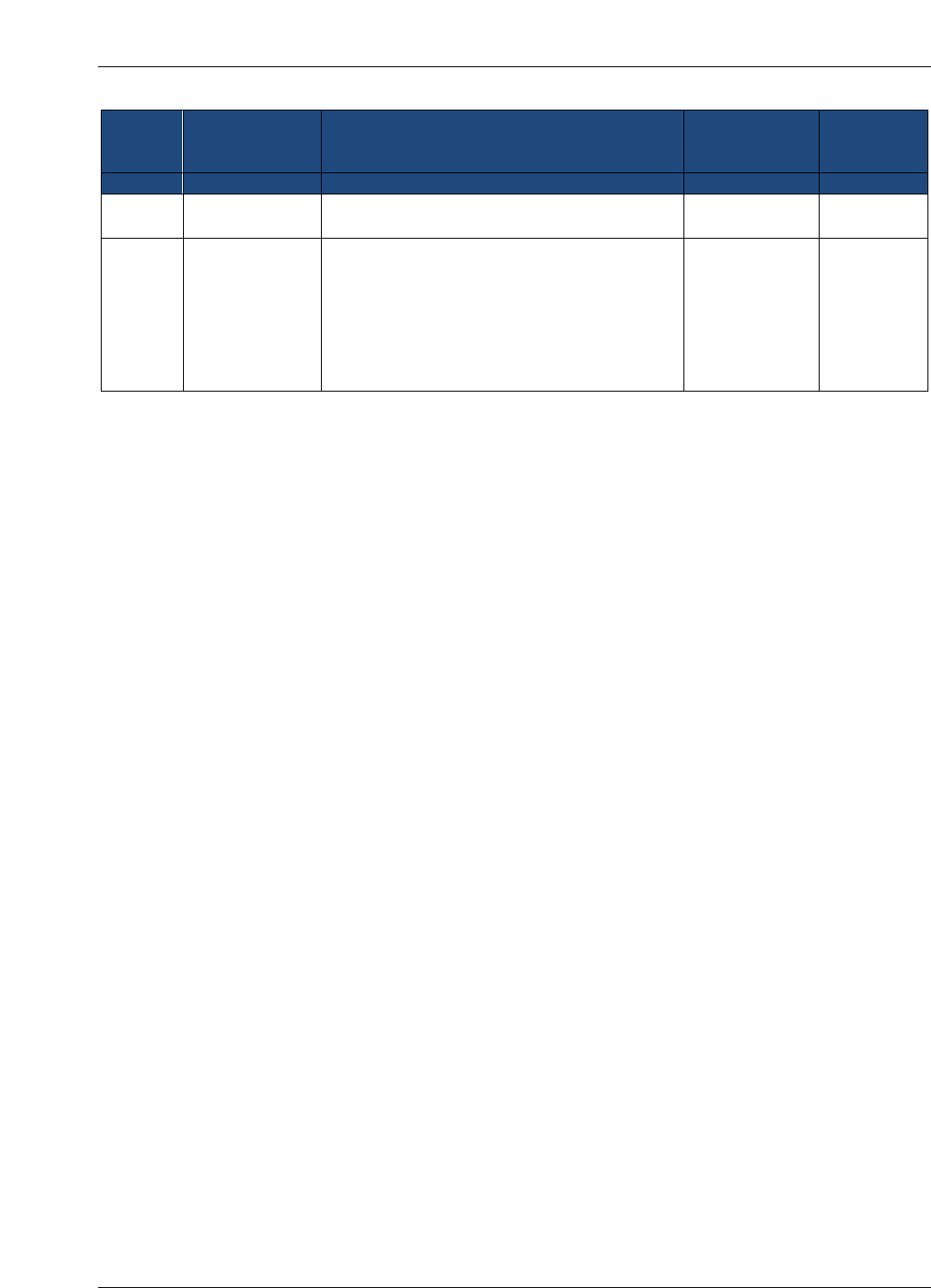
CIO-IT Security-06-31, Revision 10 Firewall and Proxy Change Request Process
U.S. General Services Administration
Change
Number
Person
Posting
Change
Change
Reason for
Change
Page
Number of
Change
Revision 10 - December 4, 2023
1
Peters
Updated process for changes to firewall
access rules.
Periodic
update.
Throughout
2
McCormick
Replaced images to reflect the current
IT Service Desk images
Added tables describing information
required for Firewall Change Request
Forms.
Updated format to align with current
GSA template for guides.
Throughout
DocuSign Envelope ID: 5058D2B6-80C9-4007-B382-07EE5A41CE17

CIO-IT Security-06-31, Revision 10 Firewall and Proxy Change Request Process
U.S. General Services Administration
Approval
IT Security Procedural Guide: Firewall and Proxy Change Request Process, CIO-IT Security 06-
31, Revision 10, is hereby approved for distribution.
________________________________
Bo Berlas
GSA Chief Information Security Officer
Contact: GSA Office of the Chief Information Security Officer (OCISO), Security
Operations Division (ISO) at secops@gsa.gov.
DocuSign Envelope ID: 5058D2B6-80C9-4007-B382-07EE5A41CE17

CIO-IT Security-06-31, Revision 10 Firewall and Proxy Change Request Process
U.S. General Services Administration i
Table of Contents
1 Introduction ........................................................................................................................ 1
1.1 Purpose ........................................................................................................................ 1
1.2 Scope ........................................................................................................................... 1
1.3 Policy ............................................................................................................................ 1
1.4 References ................................................................................................................... 1
2 Firewall Change Request Process .................................................................................... 2
2.1 Desktop Firewall Changes ............................................................................................ 3
2.1.1 Completing the Change Request ........................................................................ 4
2.2 Network Firewall Changes ............................................................................................ 5
2.2.1 Completing the Change Request ........................................................................ 7
2.3 Processing the Change Request .................................................................................. 7
2.4 Proxy Change Requests ............................................................................................... 8
2.5 Restricting Privileged Users to Trusted Sites ................................................................ 8
3 Prioritization of Firewall Change Requests ...................................................................... 9
3.1 Normal Change Requests ............................................................................................ 9
3.2 Urgent/Emergency Change Requests .......................................................................... 9
4 Reviewing the Firewall Change Request .......................................................................... 9
4.1 Technical Review of the Firewall Change Request ....................................................... 9
4.2 System Scan Requirements ....................................................................................... 10
4.2.1 Operating System Vulnerability Scanning ......................................................... 10
4.2.2 Web Application Scanning ................................................................................ 10
4.2.3 Cybersecurity Directives Compliance Scanning ................................................ 10
4.3 Exceptions to Scanning .............................................................................................. 10
Figure 2-1. Self-Service Catalog.............................................................................................. 2
Figure 2-2. Enterprise Services and Firewall Change ........................................................... 3
Figure 2-3. Firewall Change Request Form Introduction ...................................................... 3
Figure 2-4. Desktop Firewall Request Form ........................................................................... 4
Figure 2-5. Network Firewall Request Form ........................................................................... 6
Figure 2-6. Proxy Request Card .............................................................................................. 8
Figure 2-7. Proxy Request Form Introduction ........................................................................ 8
Table 2-1. Desktop Firewall Change Request Information .................................................... 3
Table 2-2. Network Firewall Change Request Information .................................................... 5
DocuSign Envelope ID: 5058D2B6-80C9-4007-B382-07EE5A41CE17

CIO-IT Security-06-31, Revision 10 Firewall and Proxy Change Request Process
U.S. General Services Administration 1
1 Introduction
The General Services Administration (GSA) enterprise firewalls are an integral facet of GSA’s
“defense-in-depth” strategy in securing agency information and systems. They centrally control
access to systems and devices across GSA. It is imperative that strict guidelines be established
and followed to ensure that only necessary and effective rules are applied to the firewall rule-
base. The following sections detail the required process for all changes to the GSA firewall rule-
base.
1.1 Purpose
This guide documents the firewall change request process at GSA. The guide describes the
steps in the process including request initiation, vulnerability and application security scanning,
and approvals.
1.2 Scope
The GSA firewall change request procedures apply to all individuals who request changes to a
firewall rule-base.
1.3 Policy
GSA Order CIO 2100.1, “GSA Information Technology (IT) Security Policy,” contains the
following policy statements regarding firewall change requests.
Chapter 4: POLICY FOR PROTECT FUNCTION
1. Identity Management, Authentication and Access Control
pp. OCISO must approve all requests for access through the GSA Firewall. Firewall change
requests must follow the process outlined in GSA CIO-IT Security-06- 31: Firewall Change
Request. This includes changes to desktop firewall and intrusion prevention systems.
qq. OCISO will block access to all external sites deemed to be a security risk to GSA.
Exceptions to this policy must be approved by the CISO.
1.4 References
Federal Laws, Standards, and Publications:
Federal Information Processing Standard (FIPS) Publication (PUB) 140-3, “Security
Requirements for Cryptographic Modules”
Cybersecurity and Infrastructure Security Agency (CISA) Cybersecurity Directives
GSA Policies, Procedures, and Guidance:
GSA CIO Order 2100.1, “GSA Information Technology (IT) Security Policy”
The document below is available on the GSA IT Security Procedural Guides page.
DocuSign Envelope ID: 5058D2B6-80C9-4007-B382-07EE5A41CE17
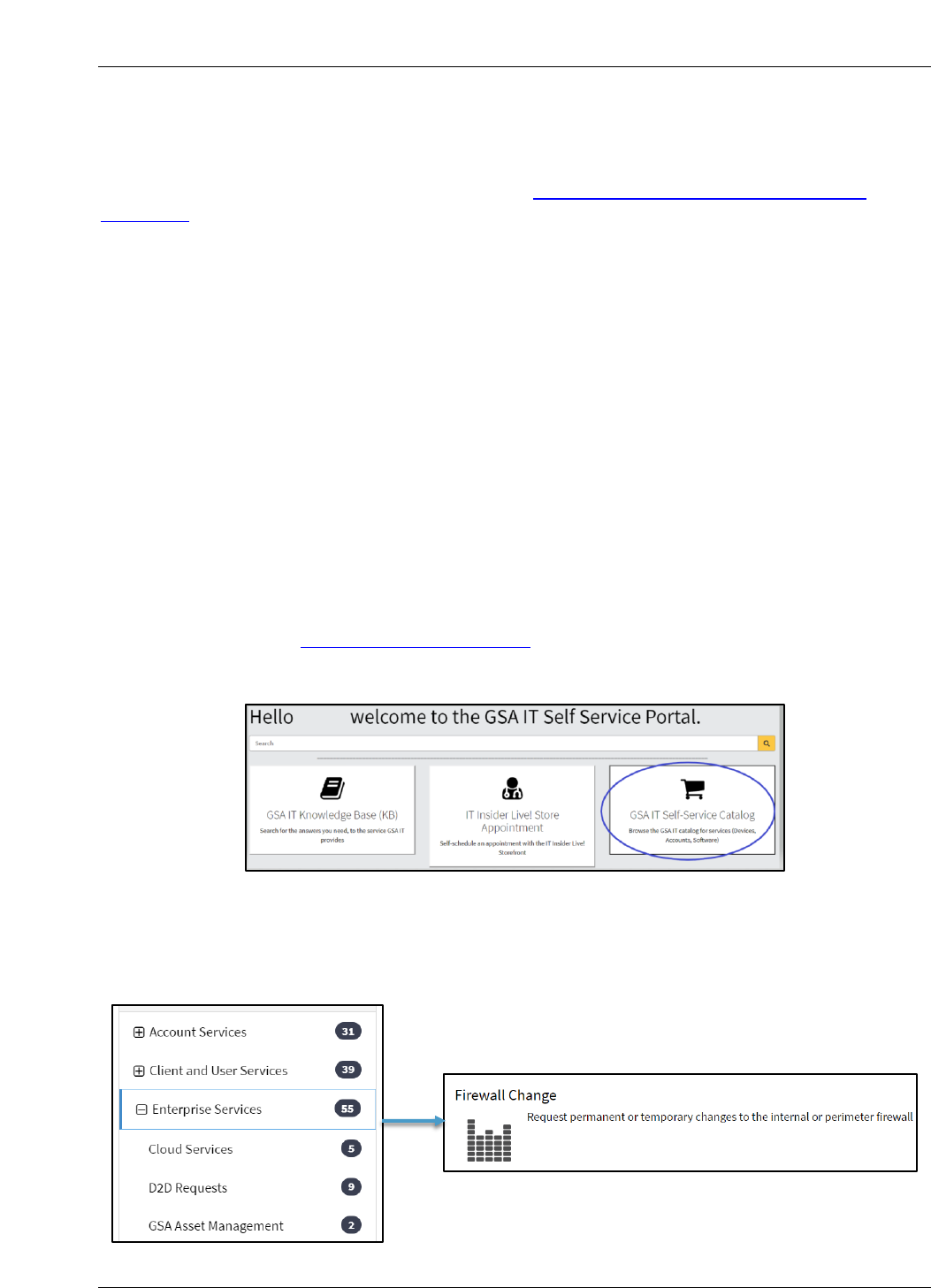
CIO-IT Security-06-31, Revision 10 Firewall and Proxy Change Request Process
U.S. General Services Administration 2
CIO-IT Security-09-43: Key Management
CIO-IT Security-17-80: Vulnerability Management Process
The document below is available on the restricted GSA IT Security Technical Guides and
Standards page.
CIO-IT Security-14-69: SSL/TLS Implementation
2 Firewall Change Request Process
The Firewall Change Request Form is available via the GSA IT Service Desk. This form is used
for both desktop and network firewall changes. It is designed to assist in collecting the
necessary information for the GSA IT Security Operations (SecOps) team to evaluate, approve,
and implement firewall change requests. Users with an active gsa.gov account and a “business-
need” may request firewall changes. Additionally, the following minimum requirements must be
met:
All updates, development and configuration for the components involved
(hardware/servers/sites/etc.) must be complete and a code freeze enforced.
All components involved must be available and ready for evaluation.
Follow these steps to access the Firewall Change Request Form:
1. Navigate to the GSA IT Self Service Portal.
2. Select Self-Service Catalog.
Figure 2-1. Self-Service Catalog
3. Select Enterprise Services from the navigation menu on the left, scroll down, and then
on the right click on the Firewall Change card.
DocuSign Envelope ID: 5058D2B6-80C9-4007-B382-07EE5A41CE17
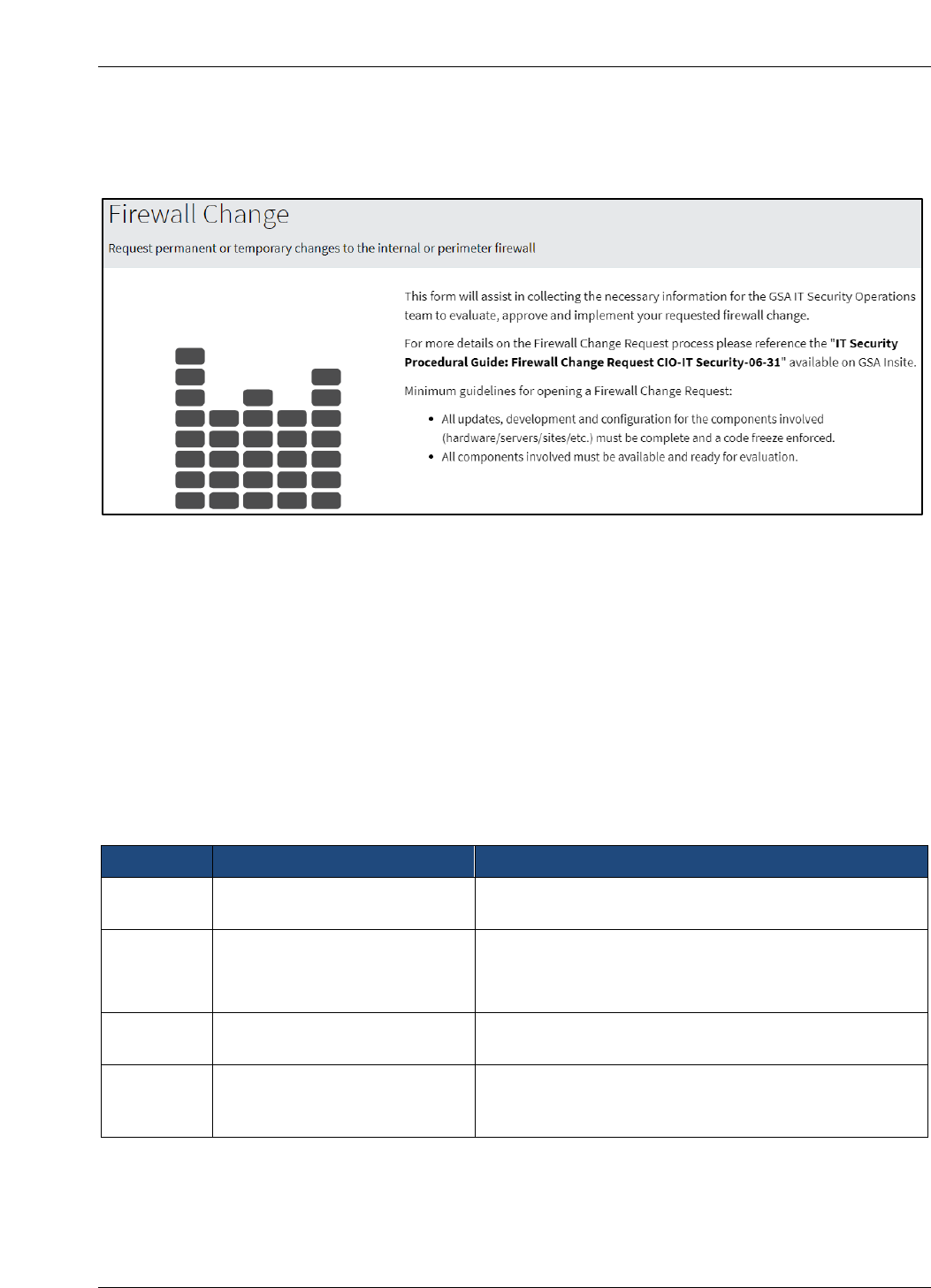
CIO-IT Security-06-31, Revision 10 Firewall and Proxy Change Request Process
U.S. General Services Administration 3
Figure 2-2. Enterprise Services and Firewall Change
The Firewall Change Request Form appears.
Figure 2-3. Firewall Change Request Form Introduction
2.1 Desktop Firewall Changes
Changes to a user’s Windows Firewall must be coordinated through the GSA Office of the Chief
Information Security Officer (OCISO) Security Engineering Division (ISE).
The specific information required to identify the request as a Desktop Firewall Change is
described in Table 2-1. Numbers in the Form Line column correlate to the numbered steps in
Figure 2-4. All required fields in the ServiceNow ticket must be completed before requesting the
change in.
Table 2-1. Desktop Firewall Change Request Information
Form Line
Information Requested
Description
1
Request Type
Select Internal Firewall in the Request Type
dropdown.
2
Source IP/VLAN/Network
Enter 127.0.0.1 as the IP address
Note: Source is the IP Address initiating the
connection.
3
Business Justification for
Request
Within the Business Justification for Request field,
explain why the change is required.
4
Additional Comments
Add the following note within the Additional
Comments field: “This request pertains to a desktop
firewall. Route the ticket to the SecEng Queue.”
DocuSign Envelope ID: 5058D2B6-80C9-4007-B382-07EE5A41CE17
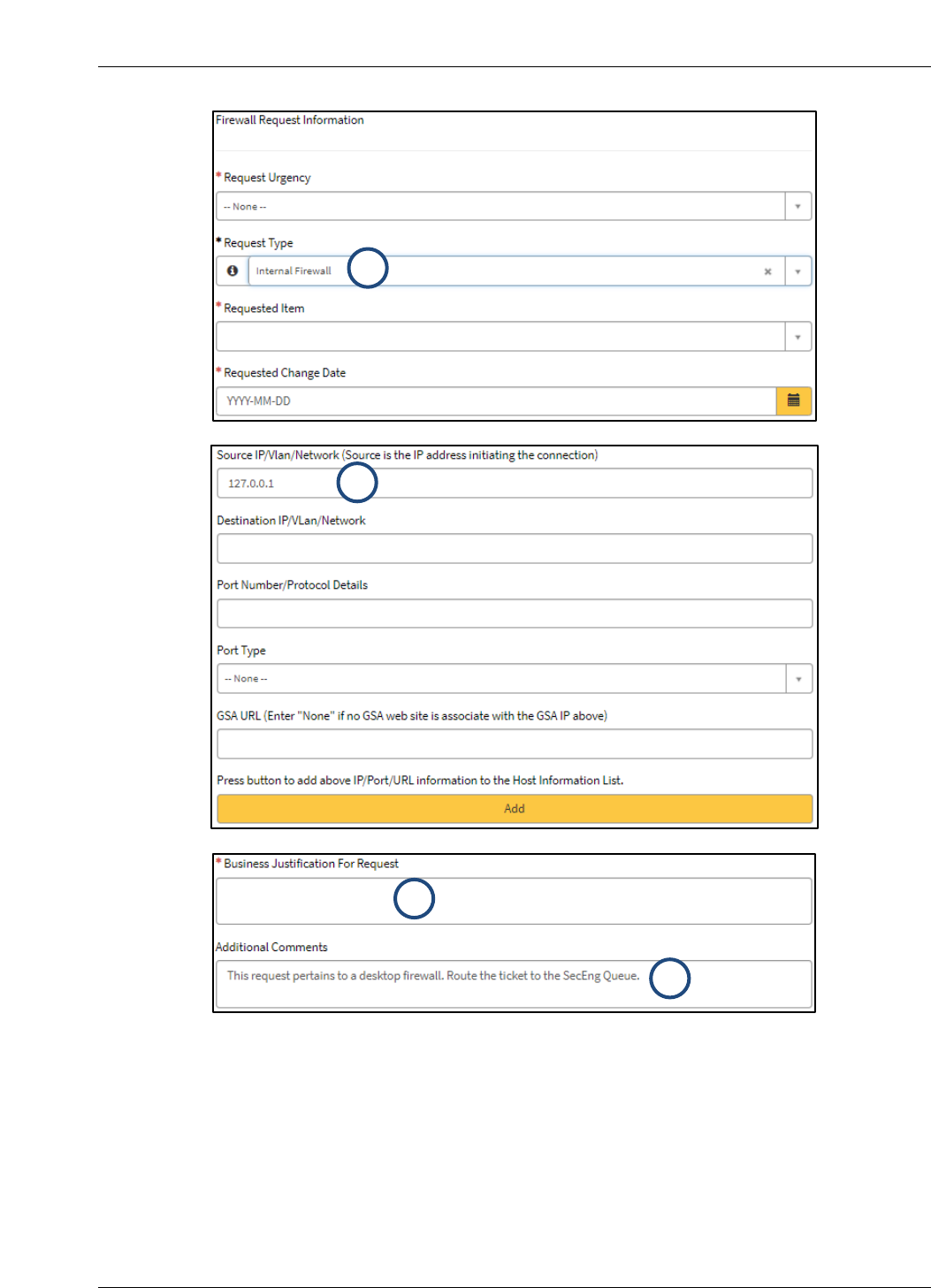
CIO-IT Security-06-31, Revision 10 Firewall and Proxy Change Request Process
U.S. General Services Administration 4
Figure 2-4. Desktop Firewall Request Form
2.1.1 Completing the Change Request
When the Change Request Form is complete, at the bottom of the request form click on Order
Now to submit the ticket or Add to Cart to save the request for later submission.
2
3
4
1
DocuSign Envelope ID: 5058D2B6-80C9-4007-B382-07EE5A41CE17

CIO-IT Security-06-31, Revision 10 Firewall and Proxy Change Request Process
U.S. General Services Administration 5
Once the Service Desk ticket has been created and submitted, send an email to
SecEng@gsa.gov, including the ticket number. Requests will normally be reviewed within five
business days.
2.2 Network Firewall Changes
When a change to GSA’s external (perimeter) or internal firewall(s) is required, a Service
Catalog Request must be completed. For external requests, the Information System Security
Officer (ISSO) or Information System Security Manager (ISSM) must submit the request at least
5 business days ahead of the required change date.
The specific information required to complete the request is describe in Table 4-1. Numbers in
the Form Line column correlate to the highlighted steps in Figure 4-1.
Table 2-2. Network Firewall Change Request Information
Form Line
Requested Information
Description
1
Request Type
In the Request Type dropdown select the type of
Internal or Perimeter Firewall request.
2
A Temporary or Permanent
Requested
If the change is Temporary, provide the
Requested End Date.
3
Enter the Host Information
Add IP Info
NOTE: You may complete this process multiple
times for multiple hosts.
Click on the yellow Add bar to add the previously
entered IP/Port/URL information to the Host
Information List.
4
Business Justification for Request
Within the Business Justification for Request
field, explain why the change is required.
5
Additional Comments
Add the following note within the Additional
Comments field: “This request pertains to a
network firewall. Route the ticket to the SecEng
Queue.
DocuSign Envelope ID: 5058D2B6-80C9-4007-B382-07EE5A41CE17
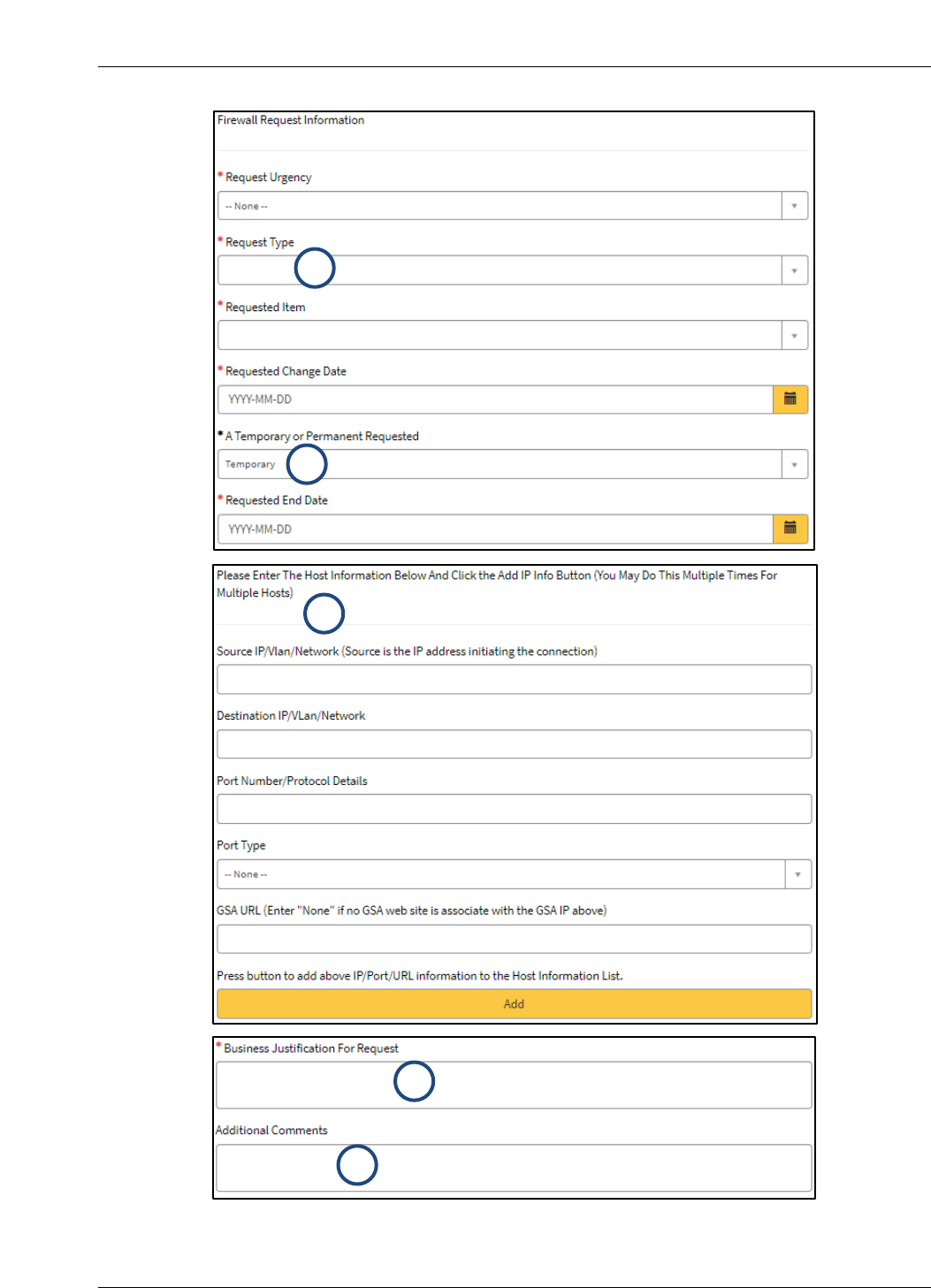
CIO-IT Security-06-31, Revision 10 Firewall and Proxy Change Request Process
U.S. General Services Administration 6
Figure 2-5. Network Firewall Request Form
2
1
4
5
3
DocuSign Envelope ID: 5058D2B6-80C9-4007-B382-07EE5A41CE17
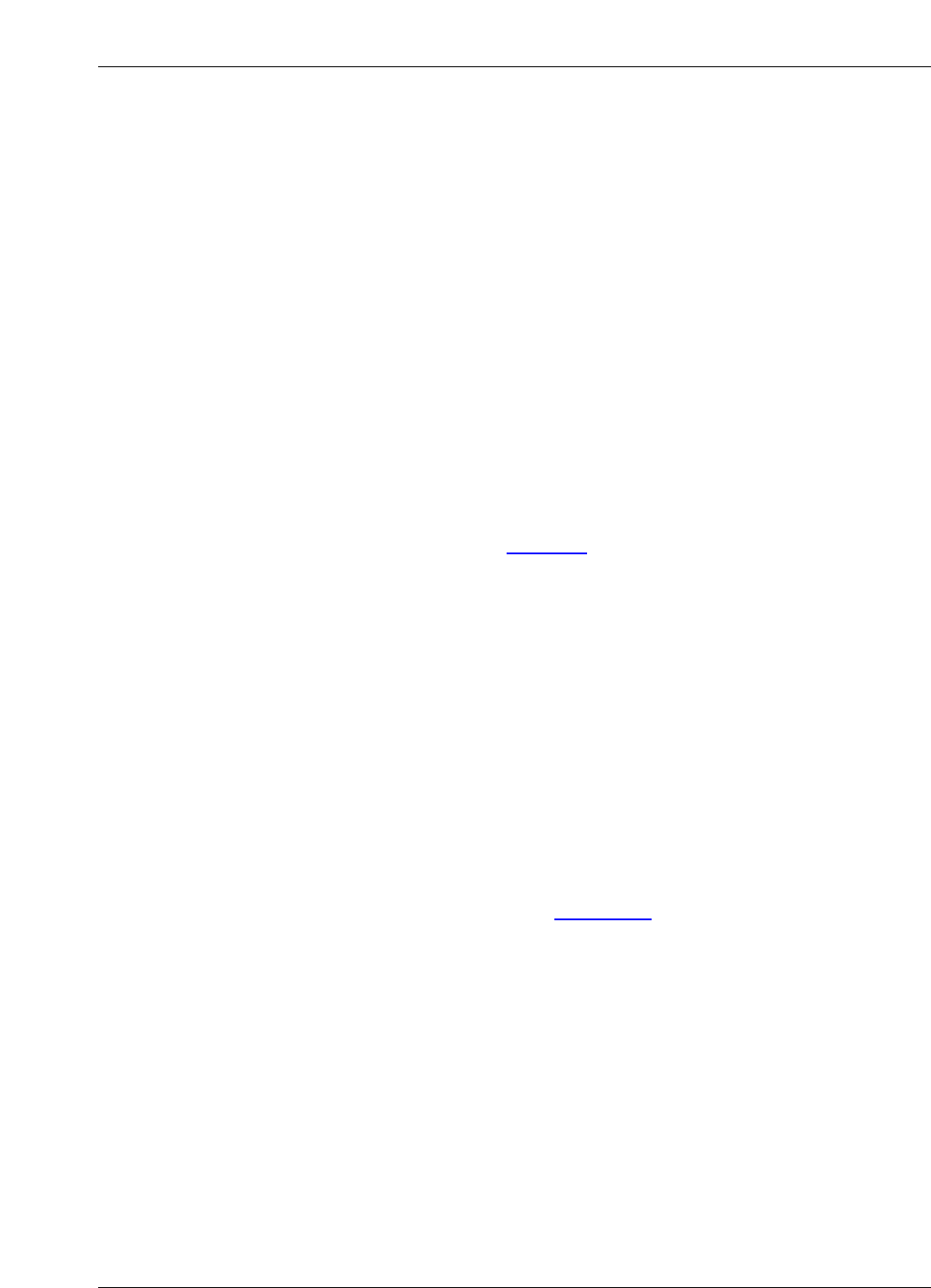
CIO-IT Security-06-31, Revision 10 Firewall and Proxy Change Request Process
U.S. General Services Administration 7
2.2.1 Completing the Change Request
When the Change Request Form is complete, at the bottom of the request form click on Order
Now to submit the ticket or Add to Cart to save the request for later submission.
Once the Service Desk ticket has been created and submitted, send an email to
SecEng@gsa.gov, including the ticket number. Requests will normally be reviewed within five
business days.
2.3 Processing the Change Request
For external firewall requests, steps 1 to 8 apply.
Internal firewall requests typically only include steps 1, 2, 7, and 8 (e.g., Creation of
the request -> Approval by ISSO or ISSM -> Firewall Team makes the change -> Ticket
update).
Changes to the firewall access rules are processed as follows:
1. Individuals requiring a change to a firewall rule-base must submit a request via the GSA
IT Self-Service Catalog as described in Section 2. The associated system ISSOs or
ISSMs must approve the change request.
2. After the ISSM or ISSO approves the request, it is routed to the appropriate team’s
queue, which depends on whether the request is Perimeter or Internal.
3. If the request is Perimeter/External:
a. Tickets are generated with the CISO.OSScanTeam and CISO.WebScanTeam for
vulnerability scanning.
b. OS Vulnerability and Web Scans (as needed) are then conducted against the GSA
hosts or devices as necessary with authenticated scanning. (Note: It is the
requestor’s responsibility to provide credentials if required during the scans.)
4. Any required system scanning will be available within the applicable vulnerability and
compliance scanning tool used by SecOps. Upon completion of scans, SecOps will
forward the results of the scanning activities to the ISSO for remediation and copy the
ISSM if remediation is required. The system should be free of High and Critical risk
vulnerabilities prior to SecOps approval. See Section 4.2 for details.
5. Upon correction of the identified operating system (OS) and application vulnerabilities,
SecOps will verify the corrective action, either manually or by rescanning.
6. Upon successful mitigation of identified vulnerabilities and ISSM approval, SecOps will
close the scan tickets as complete and the Firewall Request will be generated within the
CISO.Firewall queue with approval to process the request or deny the request.
7. Upon receipt of the approved Firewall Change Request from SecOps, the Firewall Team
will make the requested change at the appropriate time and mark the IT Service Desk
Ticket as Resolved.
8. SecOps will update the ticket to document the Service Catalog request details, approval,
and the implemented firewall change.
DocuSign Envelope ID: 5058D2B6-80C9-4007-B382-07EE5A41CE17
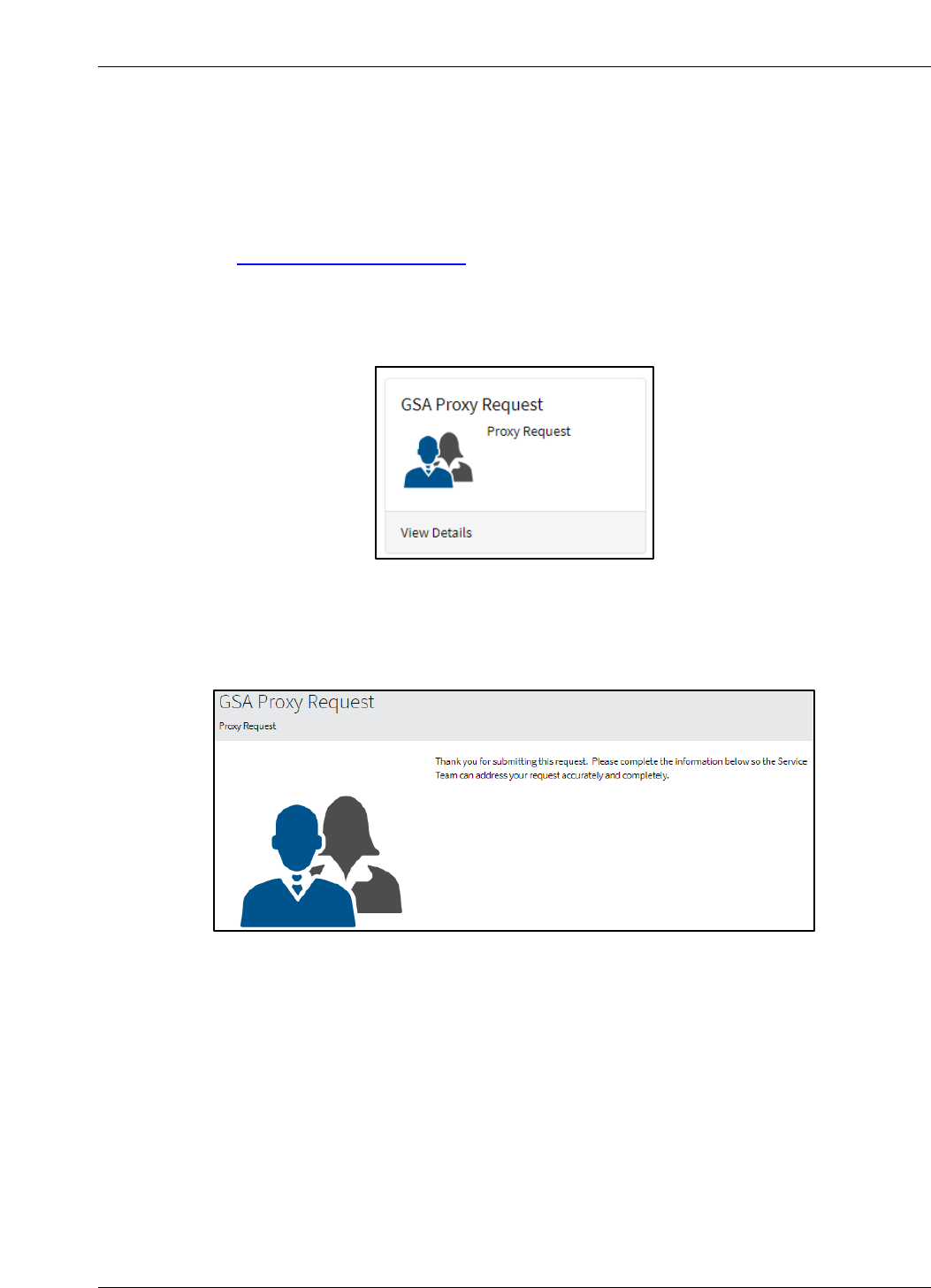
CIO-IT Security-06-31, Revision 10 Firewall and Proxy Change Request Process
U.S. General Services Administration 8
2.4 Proxy Change Requests
GSA has internal proxy servers that may require special firewall requests to allow access to
internal/external resources. The information required to complete the Proxy Change Request is
described below.
Navigate to the GSA IT Self Service Portal
1. Select Self-Service Catalog as shown in Figure 3-1.
2. Select Enterprise Services from the navigation menu on the left and then click on the
GSA Proxy Request card as shown in Figure 2-6.
Figure 2-6. Proxy Request Card
The Proxy Request Form appears as depicted in Figure 2-7. The information required by the
form is similar to the information required in the Firewall Change Request form.
Figure 2-7. Proxy Request Form Introduction
After completing the form, at the bottom of the request form click on Order Now to submit the
ticket or Add to Cart to save the request for later submission.
2.5 Restricting Privileged Users to Trusted Sites
To approve a new domain for privileged users to access a trusted site, employees and
contractors with privileged accounts (i.e., Short Name Accounts (SNAs)) must submit a GSA
Proxy Request through the GSA Self-Service Catalog. This process applies if privileged users
are working with a vendor or new application that requires access to a specific domain from an
SNA account and the domain has not already been approved and requires approval by the
ISSO/ISSM and the Director of Security Operations or CISO. Before submitting this request,
DocuSign Envelope ID: 5058D2B6-80C9-4007-B382-07EE5A41CE17

CIO-IT Security-06-31, Revision 10 Firewall and Proxy Change Request Process
U.S. General Services Administration 9
refer to the full list of approved Proxy Whitelisted Domains. If the requested site is already
approved, then a new Service Catalog request is not required.
3 Prioritization of Firewall Change Requests
The Firewall Change Request form and the Proxy Request form offer two alternatives in the
Request Urgency dropdown: normal and emergency.
3.1 Normal Change Requests
Normal or routine firewall change requests require at least 5 business days advance notice
prior to the requested change date. During this period, SecOps will conduct required OS and
application testing, with retesting following vulnerability mitigation (if any). SecOps will
coordinate any necessary approvals
Firewall change requests may exceed 5 business days if coordination with the ISSM, ISSO,
and/or applicable system points of contact (POCs) becomes an issue and/or it takes a long time
to mitigate vulnerabilities.
3.2 Urgent/Emergency Change Requests
In urgent situations, firewall change requests supporting key business functions may be
communicated verbally with the OCISO Security Operations (ISO) Director. These requests
must be pre-approved by the System Owner, Program Manager, or ISSM and followed up with
appropriate documentation. SecOps will put forth a best effort to facilitate the completion of
urgent change requests. Such requests must undergo OS and application security testing and
have all High and Critical Risk vulnerabilities mitigated.
4 Reviewing the Firewall Change Request
4.1 Technical Review of the Firewall Change Request
Upon receipt of the completed Firewall Change Request Form, SecOps will review the request
to ensure that only the required minimum access is requested and that insecure ports and/or
services are not opened to the Internet.
As a rule, services such as file transfer protocol (FTP), Telnet, and other protocols that send
sensitive data (e.g., log-in/authentication data) in the clear are generally not approved for
perimeter changes.
Encryption must use FIPS 140-3/140-2
1
certified encryption modules. This implies applicability
to transport layer security (TLS), as secure sockets layer (SSL) encryption is not FIPS certified.
For more information, download the following GSA IT procedural guides.
CIO-IT Security-09-43: Key Management
CIO-IT Security-14-69: SSL/TLS Implementation
1
NIST has issued FIPS 140-3 and no longer accepts FIPS 140-2 modules for validation. However, previously
validated 140-2 modules will be accepted through September 22, 2026. For additional information see the NIST
Cryptographic Module Validation Program website.
DocuSign Envelope ID: 5058D2B6-80C9-4007-B382-07EE5A41CE17
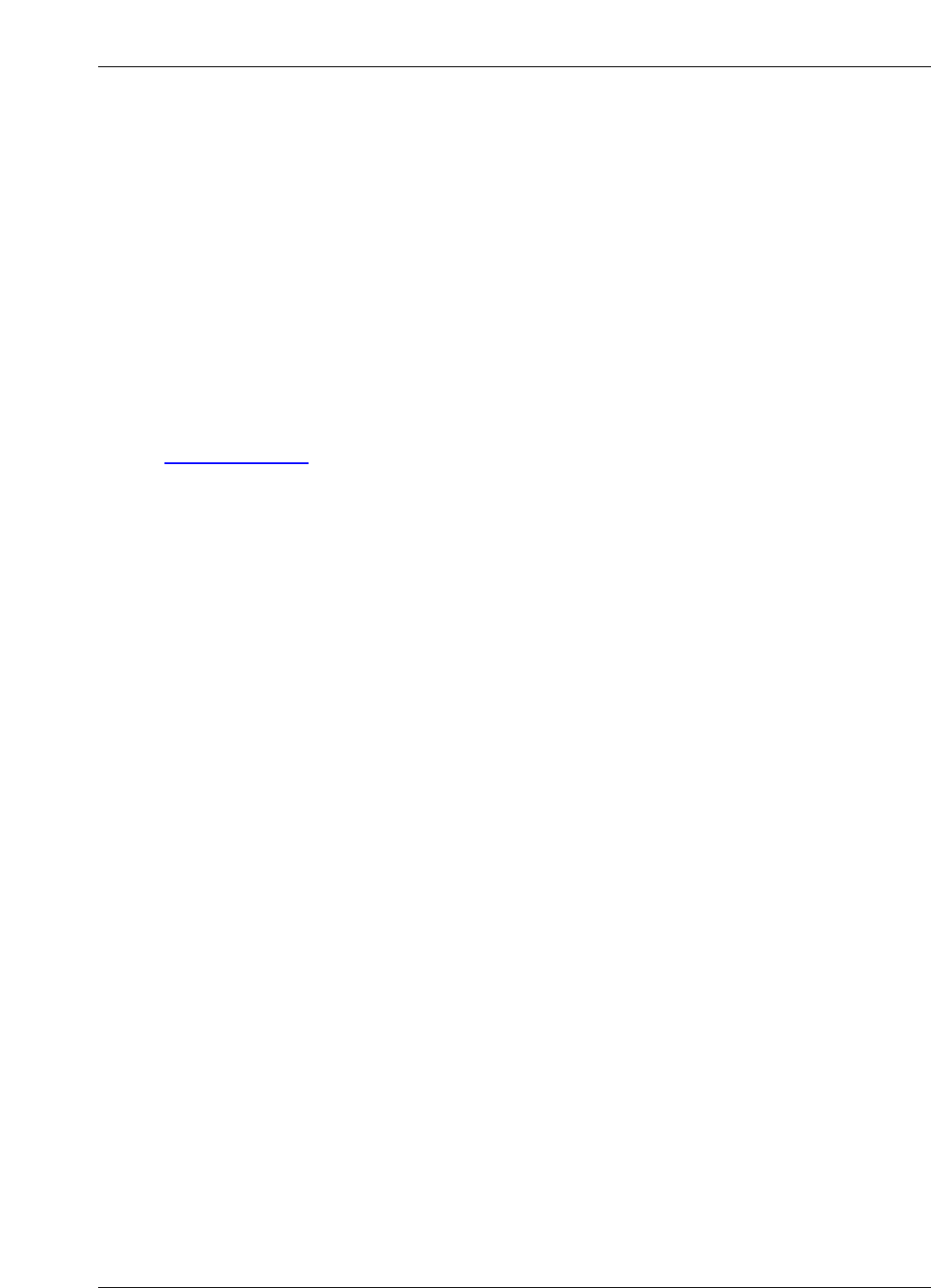
CIO-IT Security-06-31, Revision 10 Firewall and Proxy Change Request Process
U.S. General Services Administration 10
4.2 System Scan Requirements
OS vulnerability scans are normally required for all perimeter requests, and web application
scanning is normally required for any request for HTTP or HTTPS protocols.
4.2.1 Operating System Vulnerability Scanning
OS vulnerability scans will be conducted with authentication where applicable. The credentials
used typically require administrator-level privileges to run successful scans.
SecOps has preconfigured credentials that should be used for this. Contact the SecOps Scan
Team for details.
All of the following conditions should be satisfied prior to SecOps approval:
1. The system is included in a Federal Information Security Modernization Act (FISMA)
inventory as listed in the GSA Enterprise Architecture Analytics and Reporting (GEAR)
FISMA inventory and scanned as part of the enterprise vulnerability management
program (see CIO-IT Security-17-80), AND
2. There are no outstanding Critical risk vulnerabilities with Common Vulnerability Scoring
System (CVSS) base score 9.0, AND
3. There are no active High risk vulnerabilities with CVSS base score 7.0 older than 14
days.
Each request is evaluated individually, and approval is at the discretion of the SecOps team.
4.2.2 Web Application Scanning
If applicable, change requests involving HTTP and/or HTTPS access will be scanned using
GSA’s vulnerability scanning tool.
4.2.3 Cybersecurity Directives Compliance Scanning
All Firewall Requests that will open a system to the public Internet must be scanned for
compliance with all Cybersecurity and Infrastructure Security Agency (CISA) Directives.
4.3 Exceptions to Scanning
Scanning may be waived at the discretion of the CISO or Director of SecOps or their delegated
staff. Typically, one of the following two criteria options must be satisfied in order for scanning to
be waived:
Criteria #1
1. The request is to change or add a single Internet IP or a limited Internet IP range to an
existing firewall rule, AND
2. The system is included in GSA’s FISMA inventory and scanned as part of the enterprise
vulnerability management program, AND
3. There are no Critical risk vulnerabilities (i.e., CVSS base score 9.0 or above), AND
4. There are no High risk vulnerabilities (i.e., CVSS base score 7.0 or above) older than 14
days.
OR
Criteria #2
The request is to make a minor change to an existing firewall rule that was put in place within
the last 45 days and the system does not have any known outstanding vulnerabilities
DocuSign Envelope ID: 5058D2B6-80C9-4007-B382-07EE5A41CE17
